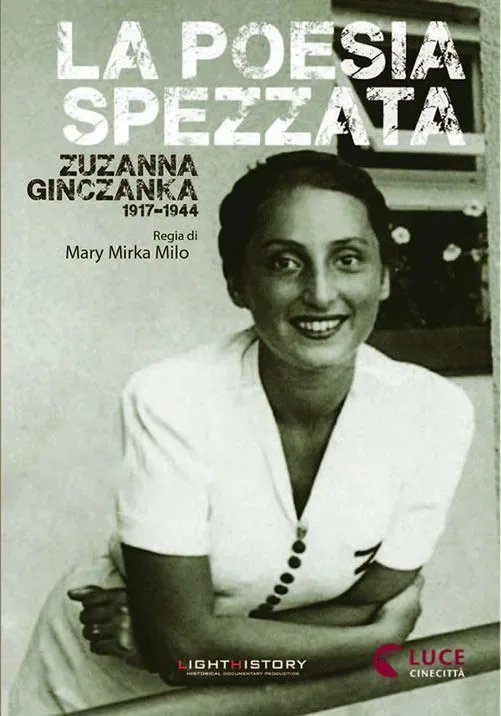
Director Mary Mirka Milo
Country, yearITA, 2014
Technical specs colore
Production Light History
Release date 2015-03-31
Cinecittà rights International rights sales, Domestic rights sales
Documentary
La poesia spezzata – Zuzanna Ginczanka (1917-1944)
The documentary tells the harrowing and little-known story of the Polish poet Zuzanna Ginczanka as it unfolds against the turbulent events that marked the first half of the twentieth century. A precocious talent, a shining light of Warsaw’s literary circles in the 1930s, and a victim of the Nazi atrocities, Zuzanna Ginczanka is today a cult figure in contemporary Polish culture. Using original and never-before published material, the documentary tells the story of the young poet of Jewish origins as it unfolds against the background of the events that marked the first half of the twentieth century. FIRST PART (1917-1935) Tells the story from the birth of Ginczanka into a family of Jewish emigrants, their escape from Kiev, her childhood spent in a small provincial town, up to her literary debut at the age of 14. Set against the background of the stormy events that lead from the Bolshevik Revolution to the founding of an independent Polish state, this part of the documentary also recounts the redrawing of borders, Poland’s international policy of neutrality, and charts the early years of National Socialism. SECOND PART (1935-1939) Ginczanka moves to Warsaw where she quickly becomes the queen of bohemian circles. These are the years when one of the capital’s most exclusive publishers prints her poetry and she writes for a prestigious satirical review. This is the period when Ginczanka develops close ties with some of Poland’s leading cultural figures, such as Julian Tuwim and Witold Gombrowicz, although in the eyes of some she will always be “that foreigner”. The documentary evokes the heady artistic fervor of the times and describes the shift towards soon to be rampant anti-Semitism and the rise of National Socialism in Europe. THIRD PART (1939-1944) Begins with Ginczanka’s hasty flight to Leopoli (Lviv, in modern-day Ukraine), where many of Poland’s intellectual elite took refuge at the time. She is reported to the Gestapo by the concierge of the building where she lives. She somehow manages to escape and, in perhaps the only such case in the world, she immortalizes the name of her betrayer in verse. This is the start of a trying period of sudden departures and hiding-places. In the end, at the age of 27, Ginczanka is arrested, tortured and shot dead in a Cracow prison just a few days before the liberation of Poland. As the story unfolds against the dramatic background of the Second World War, the documentary also evokes the extermination of the Jews in Europe and the concentration camps up until December 1944. The documentary presents a harrowing and little-known story. The use of original and unpublished source materials – photos, historical film footage, eye-witness accounts such as an interview with Ginczanka’s childhood friend, Luisa Stauber – helps give shape to a vivid and emotionally-intense tale carried forward by a growing sense of suspense and very human drama. The documentary is enhanced by interviews with leading scholars and experts of the poet’s works who help understand the writer and the woman and the complex historical period in which she lived.
 Film search
Film search